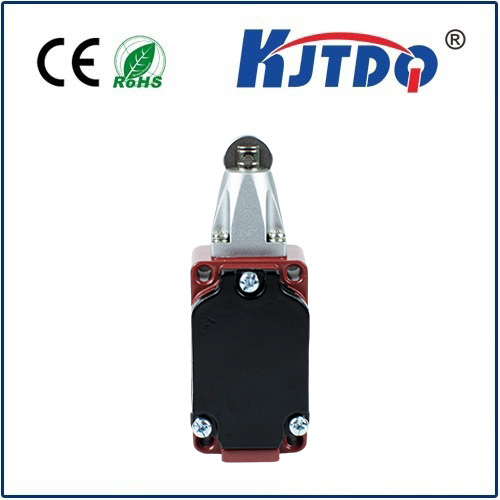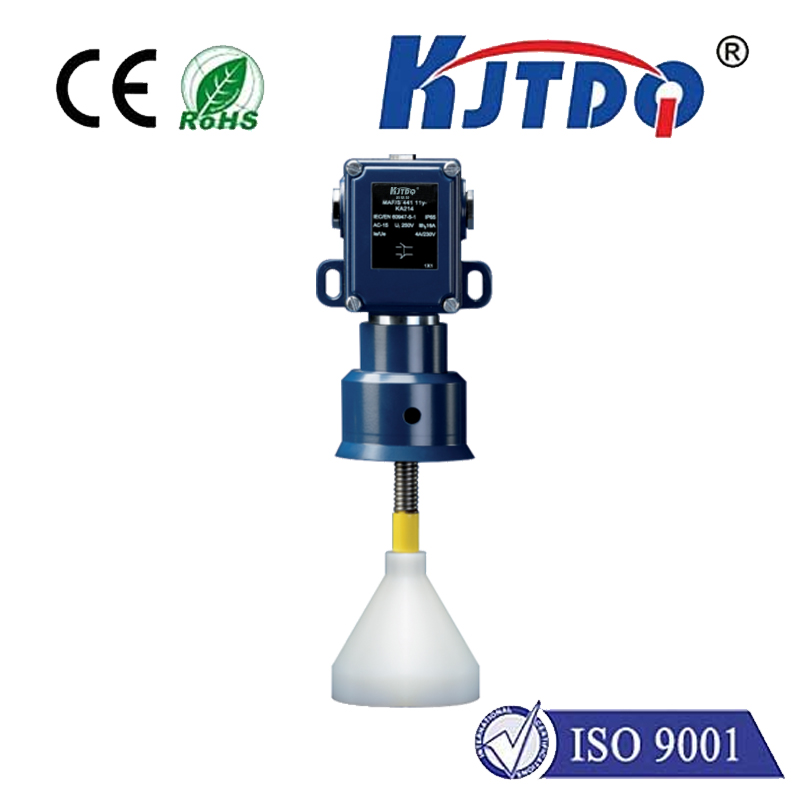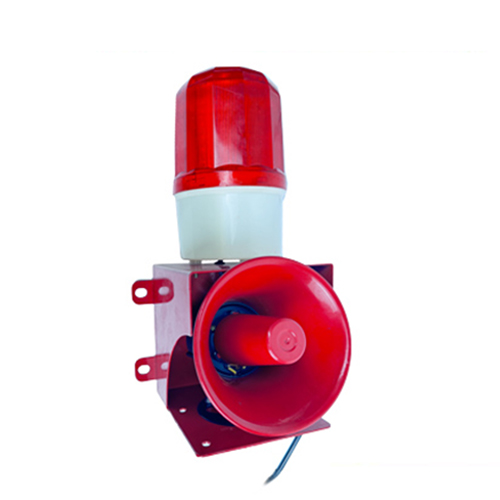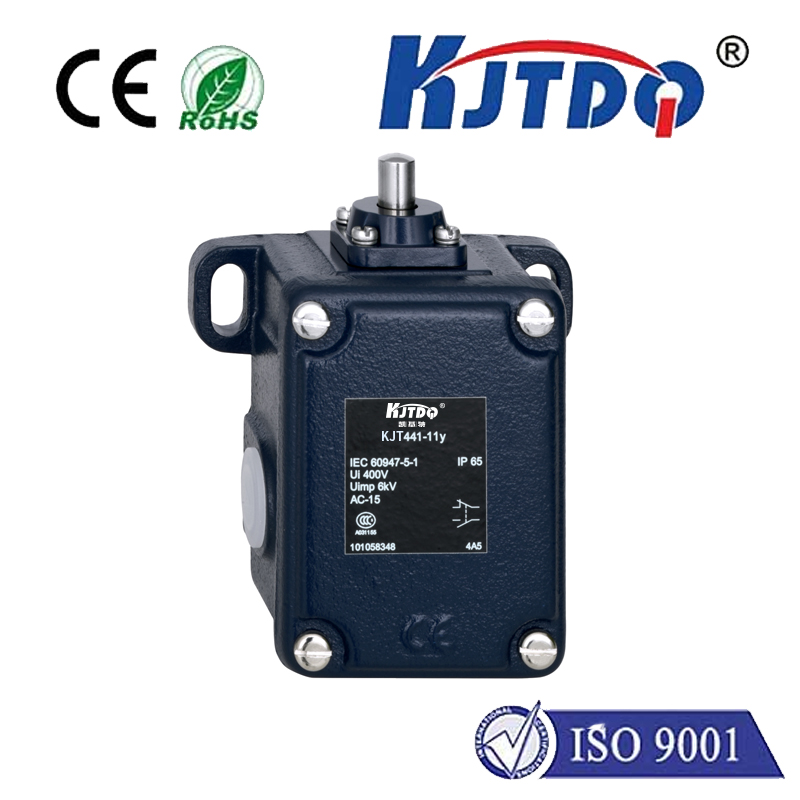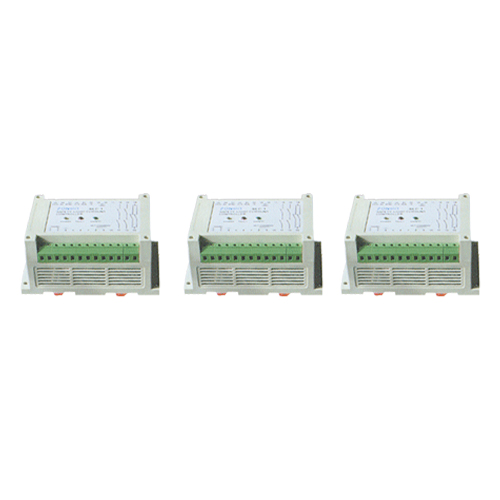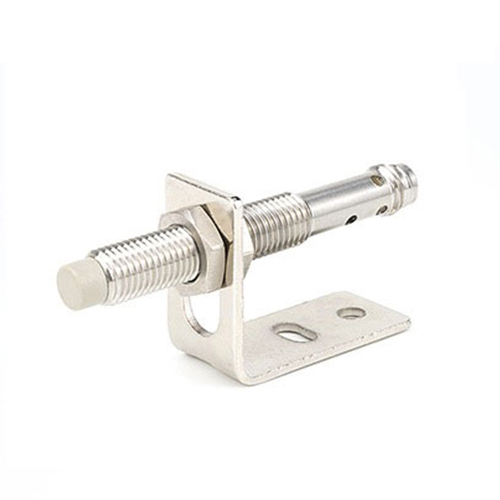сеточный лазерный датчик
- time:2025-08-27 13:22:34
- Нажмите:0
Gate Laser Sensors: Precision Safety Technology for Modern Automation
**Have you ever winced watching a heavy automated gate close, wondering if it could truly see that stray bicycle or curious child before causing harm? This critical question of safety and reliability lies at the heart of gate automation, and laser sensors are increasingly providing the definitive answer.** Moving far beyond the limitations of basic photocells or unreliable pads, gate laser sensors represent a leap forward in safeguarding entrances and exits with unprecedented precision.
Understanding the Core Technology
At its simplest, a gate laser sensor system for gates operates on the principle of creating an invisible Световая завеса or beam. It typically consists of two main units:
- Transmitter: Emits one or more focused, coherent laser beams.
- Receiver: Precisely aligned with the transmitter, it detects the presence of these laser beams.
When an object (like a person, vehicle, or pet) interrupts this beam while the gate is closing or moving, the sensor instantly signals the gate controller. This triggers an immediate safety halt and often commands the gate to reverse direction, preventing collision. This non-contact detection method is inherently more reliable and robust than mechanical solutions like pressure edges or older optical sensors vulnerable to light interference or misalignment.
Key Advantages Driving Adoption

The shift towards laser sensors in gate applications isn’t accidental. They offer compelling benefits:
- Pinpoint Accuracy & High Resolution: Unlike simple single-beam photocells, many gate laser sensors employ multiple beams spaced closely together. This creates a high-resolution detection zone, capable of sensing small objects or limbs that a single, wider beam might miss. Think about detecting a child’s arm reaching through the gate path – precision matters.
- Exceptional Reliability: Properly installed laser sensors offer outstanding performance. They are largely immune to common environmental challenges like sunlight interference, shadows, rain, fog (within specified operational limits), dust, and wind. This makes them highly suitable for harsh outdoor environments where gates typically operate.
- Reduced Nuisance Tripping: Traditional sensors, especially passive infrared (PIR) detectors, can be triggered by wind-blown debris, animals outside the intended detection zone, or rapid temperature changes. Laser sensors focus specifically on the defined beam path, significantly minimizing false alarms that cause frustrating and unnecessary gate stops.
- Versatility in Detection Zones: Laser sensors can be configured for various critical detection tasks:
- Safety Edge (Leading Edge Protection): Mounted directly on the moving gate leaf, detecting obstructions in the immediate closing path.
- Safety Area (Obstacle Detection): Positioned on gate posts or nearby structures, creating a protective zone in the gate’s sweep area both inside and outside the opening. This ensures safety before the gate physically reaches an object, offering superior protection compared to edge sensors alone.
- Presence Detection: Used in traffic light systems for gates, detecting vehicles waiting to enter or leave, optimizing gate sequence timing.
- Enhanced Safety Compliance: Modern safety standards for automated gates (like EN 12453 and EN 13241-1 in Europe, or relevant UL/ANSI standards elsewhere) mandate high levels of protection against crushing, shearing, and entrapment. Gate laser sensors, particularly those creating defined safety fields, are crucial components in meeting these stringent requirements, offering advanced object detection capabilities.
- Simplified Installation & Alignment: Modern units often feature alignment indicators like LEDs or audible signals, making the crucial setup process much more straightforward and foolproof than older technologies. Self-monitoring capabilities alert users or installers if the beam alignment drifts due to ground movement or impacts, ensuring continuous safety.
Integration and Operational Excellence
Integrating laser sensors into gate automation systems is generally seamless. They connect directly to the gate controller’s safety input terminals. Controllers are programmed to interpret the sensor’s signal – typically, a beam interruption during gate movement triggers the safety stop and reversal function.
For comprehensive protection, a layered approach is often recommended:
- Primary Protection: Laser safety sensors defining the critical access zones (safety area).
- Secondary Protection: Pressure-sensitive safety edges on the gate leaf itself, acting as a final physical backup.
- Tertiary Protection: Force limitation features within the gate operator motor, designed to stop movement if excessive resistance is encountered.
Applications Beyond Residential Driveways
While commonly associated with automated swing or slide gates for homes, gate laser sensors are vital in diverse settings demanding robust safety:
- Industrial & Commercial Sites: Securing factory yards, warehouses, loading docks, parking garages, and commercial complexes with high traffic.
- Car Parks & Toll Booths: Ensuring vehicle detection for entry/exit sequences and preventing gate closure on vehicles or pedestrians.
- Airport and Seaport Access Control: Safeguarding secure perimeter gates where reliability is non-negotiable.
- Apartment Complexes & Gated Communities: Managing resident and visitor access safely on a larger scale.
Обеспечить оптимальную производительность
To maximize the effectiveness and longevity of your сеточный лазерный датчик:
- Professional Installation: Crucial for precise alignment and proper zoning configuration.
- Regular Maintenance: Periodically clean the sensor lenses to prevent dirt, snow, or ice buildup that could obstruct the beam. Follow the manufacturer’s guidelines.
- Visual Checks: Regularly inspect the physical condition of the sensors and mounting brackets. Ensure alignment indicators show a good signal.
- Test Regularly: Most systems allow for simple test procedures to verify the safety reversal function is working correctly. This should be done monthly.
By providing unmatched precision, reliability, and adaptability, gate laser sensor systems have established themselves as the premier safety technology for automated entrances. They move gate safety beyond simple obstruction avoidance to proactive hazard prevention, offering property owners and managers essential peace of mind while ensuring compliance with modern safety directives. As gate automation continues to evolve, laser sensors will remain fundamental to creating secure and intelligent access solutions.


